Into the Esthetic Stratosphere - The Graphic Stone Art Exhibition
- OGP

- Jun 30, 2017
- 3 min read
Updated: Oct 13, 2022
By OGP Reporters / Members Contribute File Photos
Oh Good Party
This is where art can make a difference. Art does not show people what to do, yet engaging with a good work of art can connect you to your senses, body, and mind. It can make the world felt. And this felt feeling may spur thinking, engagement, and even action.
In Shanghai, the Graphic Stone Art Exhibition from June 24 to July 2, the event gathered a large number of viewing stone collectors, such as founder of Shanghai Viewing Stone Association YANG Songnian, vice president of Shanghai Viewing Stone Association YUN Ying, president of Canadian Chamber of the Viewing Stone Association LUAN Yongjun, previous president of Canadian Chamber of the Viewing Stone Association WANG Kewen, ancient stone expert WANG Guisheng, micro-master ZHOU Changxing, wood carving master CHEN Shixiang, senior expert of the Shanghai Viewing Stone Association ZHONG Lingqiang, previous director of the Taiwan Arts Stone Association HONG Zhengbin, senior collector ZHAO Deqi (master class), captain of antarctic expedition team WANG Yongkui, senior collector of changjiang stone SHEN Jiemin, senior collector of viewing stone TANG Dazhang, curator and founder of DING Shunxing Stone Art Collection Gallery (Changzhou City) DING Shunxing, Chief Editor of Chinese Stone Arts Maganize SHI Liuzhang and many senior collectors attended this event.
The exhibition shows dozens of stone varieties, such as rain flower stone, marble, Chang jiang stone, Da wan stone, jade bi Fujian kowloon, Chen lu stone, Zhanguo Red agate, antarctic stone, Taiwan rose stone, Madagascar agate, ocean graphics chalcedony, ore spar and so on.
The stones themselves often resemble mountain landscapes and figures, following the precepts of Chinese landscape painting. Prized for their intimations of mountain landscapes, or special relevance for hermits, such rocks were often distinguished by dramatic outcroppings and overhangs or deep furrows and were displayed on carved wood bases that were themselves minor works of art.
“To see a world in a grain of sand, and a heaven in a wild flower. Hold infinity in the palm of your hand, and eternity in an hour.” by William Blake.
The beautiful stone has been attracted us since ancient times.
This exhibition should appeal to anyone who has ever walked along the event, picked up a pebble or stone and taken it home. It follows this mundane impulse into the esthetic stratosphere of taste, style and connoisseurship. In the process it blurs the line between art, craft and nature and teaches a lot about visual perception and imagination.
Mr. Wang Yongkui said: "The method of exploring and exchanging stone art, we can not have any utilitarian purpose. "
This is where art can make a difference. Art does not show people what to do, yet engaging with a good work of art can connect you to your senses, body, and mind. It can make the world felt. And this felt feeling may spur thinking, engagement, and even action.
The geological wonders known as Chinese"scholars' rocks" (also known as scholar stones or viewing stones) over 1,000 years ago, developed an esthetic of the found object which regarded nature as an artist whose work was an extended self-portrait in miniature. Nature made art in its own image, an eccentrically evocative fractal of itself. Bringing this art to light required the connoisseurship of human recognition and, at times, human collaboration in the form of sculptural interventions so subtle they are often indistinguishable from the rock's natural configurations. In an act of Song Dynasty postmodernism, these assisted ready-mades became both original and simulacrum, simultaneously.
They are naturally occurring or shaped rocks which are traditionally appreciated by Chinese scholars. Viewing stones are rocks of complex shapes that suggest worlds within worlds, microcosms in stone. They have been collected and displayed in China for centuries. This art form -- appreciating the natural beauty of stones -- is relatively new to the western world. Often referred to as "viewing stones," this form of stone appreciation is rapidly growing in the western world.
Today, the art of viewing stones is growing as collectors add categories for the new stones they collect, often following much of the basic criteria for Japanese Suiseki. In the West this interest began with bonsai and the display of suiseki at bonsai exhibitions, and then quickly evolved into an appreciation of the stones displayed for their own intrinsic beauty and the feelings they evoked from the viewer. Chinese scholar's rocks influenced the development of Korean suseok and Japanese suiseki.
Man has been fascinated by stones throughout history. Stones have been collected and have served many purposes, from utilitarian to decorative. Their stability and enduring qualities are associated with longevity and immortality and have captivated us since time immemorial.





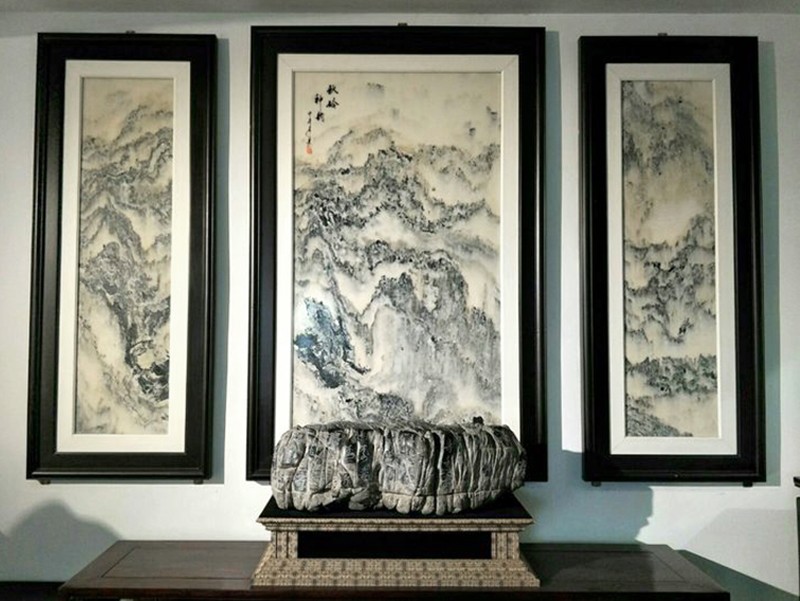

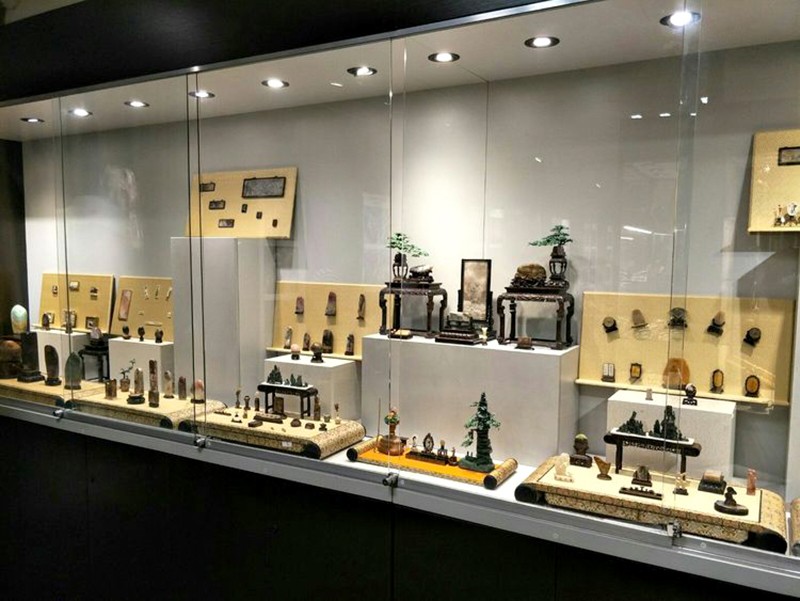

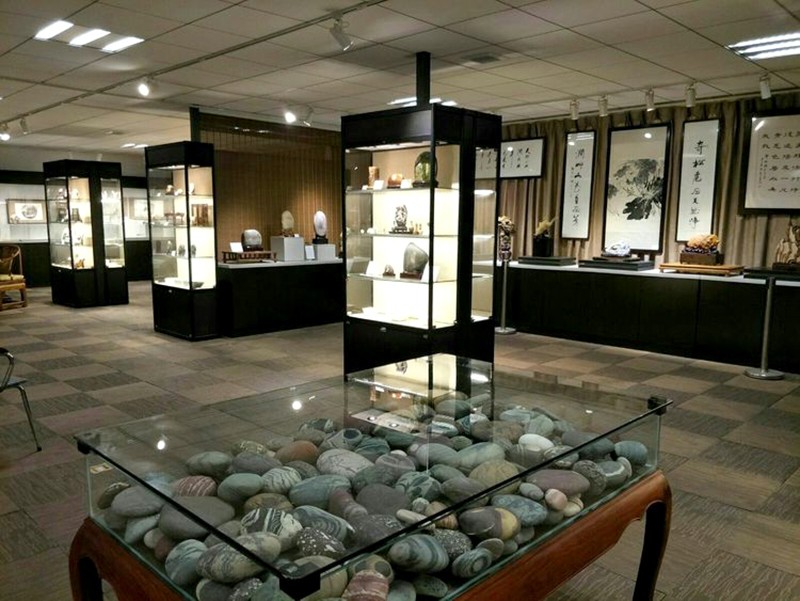

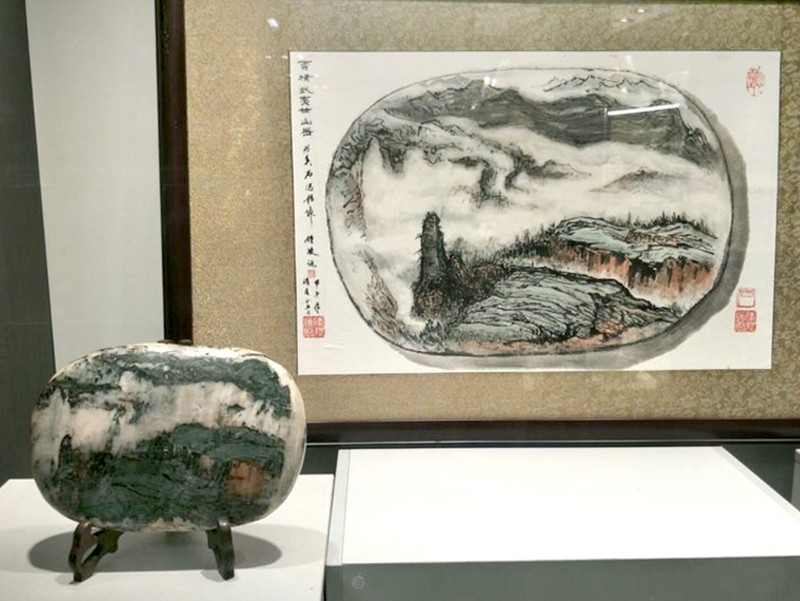

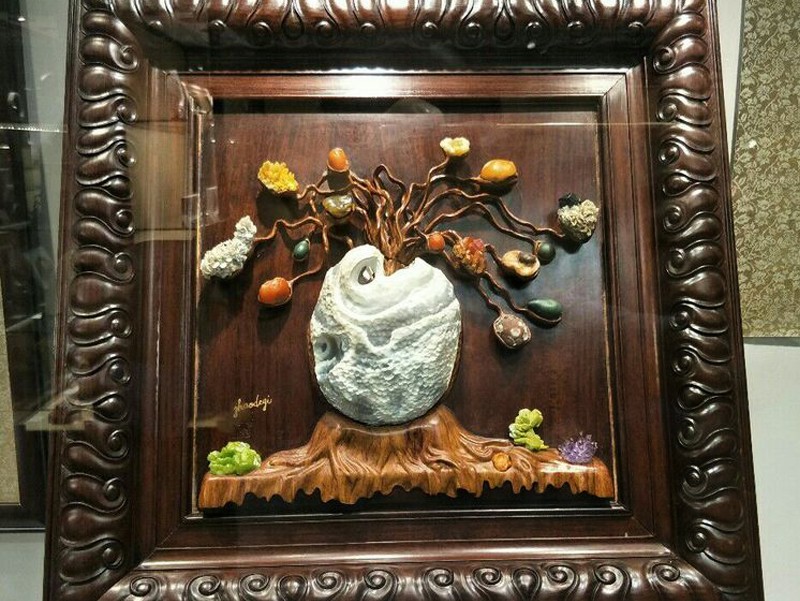

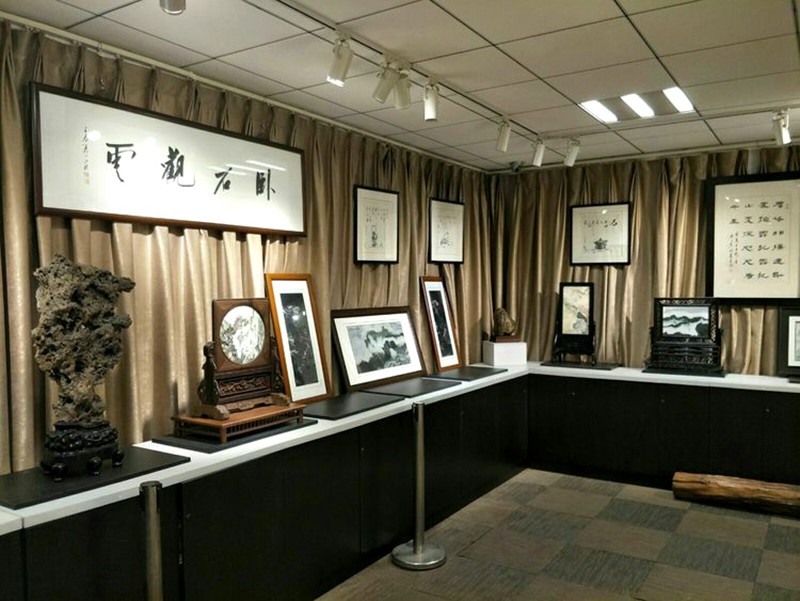



Comments